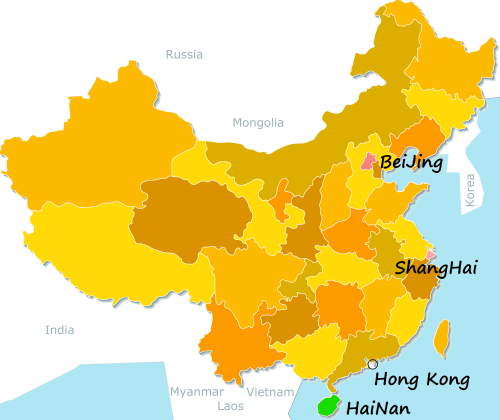
 SanYa 三亚, HaiNan 海南 island
SanYa 三亚, HaiNan 海南 island

Live more ...
 SanYa 三亚, HaiNan 海南 island
SanYa 三亚, HaiNan 海南 island

|
Provincial capital of SiChuan.
Lacquer artist ...
ChengDu TianFu airport ...
3 a.m. ...
|

|
If not familiar with this term, watch this - it is important to know.
With Dr Sten Ekberg ...
Bonus film - on insulin resistance / type 2 diabetes ...
|

|
With Middle Kingdom Productions ...
|

|

|
Just north of the Birds Nest lies a huge park.
Don't forget to visit here this coming summer ...
|

|
ZheJiang province.
|

|
Bonus film - JiuChong Palace and XuanWei Mansion ...
Plus - JiaXiu Building, GuiYang ...
|

|